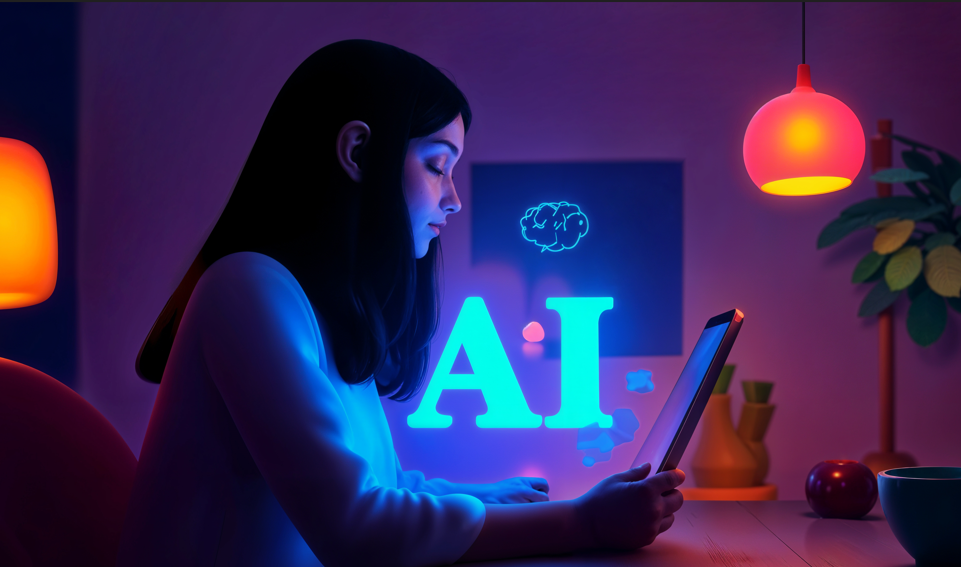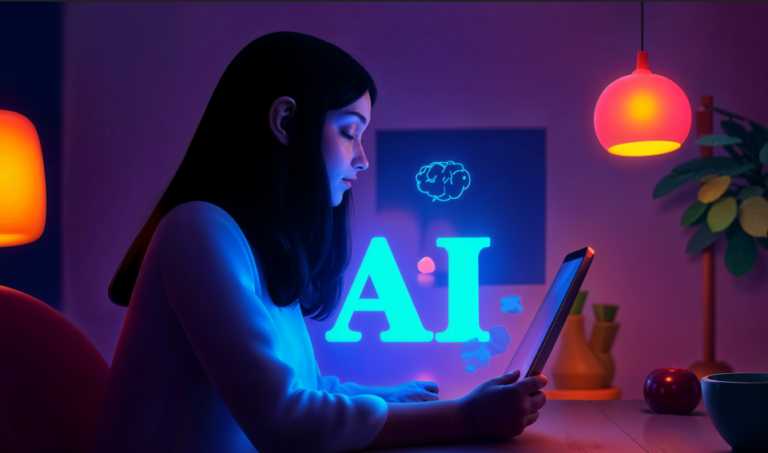AI editing tools are rapidly emerging as a key component of the development of digital creativity, signaling a clear change in the manipulation of photos and videos. These tools provide a highly effective means of improving visual content, frequently requiring little user input to produce outcomes that previously required a great deal of manual labor. Leading the way are platforms like Pixlr, Canva, and DeepAI, which provide a range of AI-powered tools that automate difficult tasks like object enhancement, background removal, and even image creation in response to text prompts.
The core of AI editing is its remarkable ease of use in converting even the most basic images into refined, high-quality artwork. AI tools streamline the process and make it accessible to almost anyone, in contrast to traditional photo editing, which frequently necessitates users to be familiar with complex software like Photoshop. Due to the democratization of editing technology, businesses, content producers, and enthusiasts can now use professional-caliber tools without requiring highly skilled technical knowledge.
These AI-powered tools are becoming a necessary component of many industries, particularly those that deal with visual content, and are not merely a fad. For example, AI editing tools are very helpful in the e-commerce industry, where product photography is crucial. In order to make their products stand out in a crowded market, retailers can easily improve their images. Similar to this, social media influencers are utilizing AI to improve their images, giving them a more polished and appealing appearance. This helps them stay true to their brand identity and draw in more followers.
Interesting possibilities for the future of content creation are also raised by the incorporation of AI in editing. We can anticipate that as these tools develop further, they will provide even more features that will aid creatives in their work, such as real-time collaboration or predictive editing. But the question still stands: to what extent can AI take the place of human creativity? AI is capable of automating time-consuming and monotonous tasks, but it is unable to replace the innate creativity that people possess. Rather, it ought to be viewed as an effective helper that simplifies processes and frees up people to concentrate on more important tasks.
| Tool | Features | Pricing Model | Website Link |
|---|---|---|---|
| Pixlr | AI photo editor, background removal, facial enhancement | Free / Paid plans | Pixlr |
| Canva | AI-powered design tools, automatic photo enhancements | Free / Paid plans | Canva |
| DeepAI | AI image editor, image restoration, style transfer | Paid / Subscription | DeepAI |
| InVideo | AI video editing, customizable templates, automatic text-to-video | Free / Paid plans | InVideo |
| Picsart | AI filters, object removal, video and image editing tools | Free / Paid plans | Picsart |
The ability of AI editing tools to save time without sacrificing quality is one of their main benefits. Once-hour-long tasks like object removal, color correction, and image restoration can now be finished in a matter of minutes. Businesses and content producers who depend on large amounts of content and have strict deadlines will especially benefit from this time-saving feature. These tools provide a cost-effective way for startups and small businesses with limited resources to create professional-quality visuals without hiring in-house designers.

AI editing tools are appealing not only because they are quick but also because they are easy to use. Because platforms like Canva and Picsart are so easy to use, both novice and seasoned creatives can benefit from using them. With the vast array of templates, filters, and effects available on these platforms, users can customize their photos to suit their own requirements. Without the need for sophisticated software or technical know-how, AI tools enable users to create content that is consistent with their vision, whether that be for social media posts, promotional materials, or high-quality videos.
But the quick development of AI editing tools has also spurred some discussions, especially about the morality of using AI to alter photos. Concern over these tools’ ability to produce false or misleading images is growing, particularly in fields like media and advertising. AI can readily manipulate photos to propagate false narratives or unrealistic beauty standards, which could have a significant impact on social norms and public perception. Therefore, it is imperative that users approach AI editing responsibly and cautiously to make sure that the content they produce complies with moral standards and does not deceive their audiences.
Looking ahead, AI editing appears to have a very bright future. We can anticipate more sophisticated features that will make editing even quicker, simpler, and more adaptable as technology advances. There are many opportunities for innovation, and AI tools are getting better at satisfying the varied demands of creatives in different sectors with every new advancement. AI editing will probably become a necessary tool for anyone creating content in the upcoming years, whether for commercial, professional, or personal use.
AI editing tools, which provide a potent blend of speed, quality, and accessibility, are drastically altering the digital content creation landscape. We can expect even more fascinating developments as technology advances, ones that will completely change the way we produce, view, and engage with visual content. AI editing tools are revolutionizing how we think about and approach image manipulation, whether they are used to create professional-quality videos or improve personal photos. These tools are not only very useful but also crucial for keeping people and businesses ahead of the curve in a digital age where visuals are driving change more and more.
